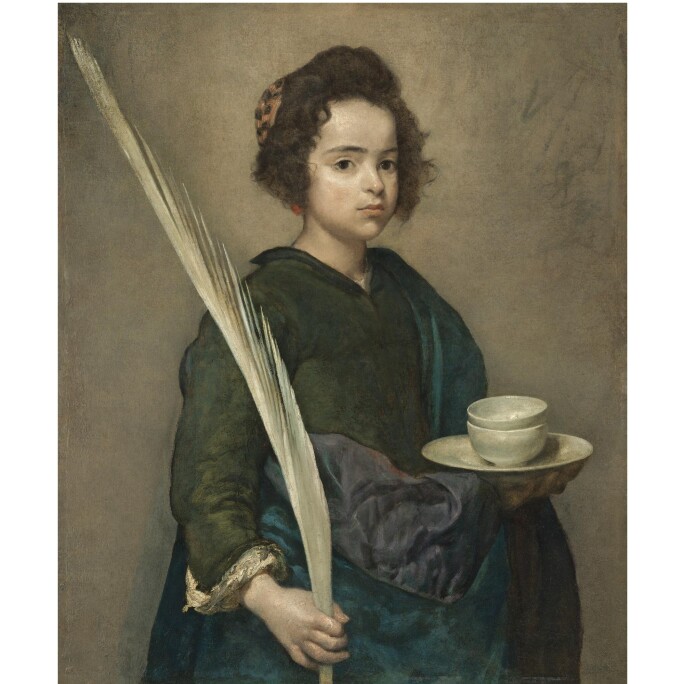Velázquez’s court portrait of a Spanish princess and her entourage has become one of the most debated works in art history.
T here can be few art works that have been as discussed, considered and theorized over more than Las Meninas by Diego Velázquez. This 17th-century group portrait of the court of King Philip IV of Spain, with his young daughter, the Infanta Margaret Theresa, at its center remains an enigma, a puzzle to be solved. It is far more than simply a court painting: the picture plays with the notion of viewing, both viewing by the person looking at the painting and the subjects looking out.
This is enhanced by Velázquez placing himself into the work – painting what might very well be viewer seeing what he has depicted in Las Meninas. Further complications arrive from the incorporation of a mirror at the core of the composition, allowing – as Salvador Dalí observed – for a heightened stereoscopic effect. One that never ceases to enthrall scholars and public alike.
Las Meninas has been described as “one of the most written about paintings of all time.” Indeed, it has had a particular – and persistent – allure for writers, inviting readings both conventional and outlandish. It has been this way since its completion during the Spanish Golden Age. In the 18th century, Velázquez’s biographer Antonio Palomino likened the canvas to “life itself”.

The late great travel writer, art historian and Hispanist Michael Jacobs delved into its legacy with his final book, Everything is Happening: Journey into a Painting (Granta, 2015). Jacobs recalls how the canvas captivated him as a schoolboy meandering around the Prado with a friend. “I was still at the innocent phase of my lifelong infatuation with Spain and was probably telling my companion about the quintessential Spanishness of the work,” writes Jacobs. “Its exotic and surreal character, its mixture of somberness and sensuality, its element of the grotesque, its underlying magic.”

Recently, Amy Sackville came at the work from a fictional standpoint. Her novel Painter to the King (Granta) looks at life in the Royal Alcazar of Madrid through the eyes of Velázquez. When it comes to painting Las Meninas, the artist ponders the various perspectives. “He observes, from the very midst of it; the elements of the court’s composition. He is there at the centre; just off-centre.”
Works firmly attributed to Diego Velázquez rarely appear at auction and are when they do they are highly sought after. In 2007 his Saint Rufina sold at Sotheby’s London for £8.4 million, a world record for the artist. Its subject is the patron saint of the artist’s native city of Seville, where he underwent his artistic training before leaving to work in the employ of Philip IV in Madrid.
And, in 2018, Sotheby’s New York offered the artist’s Portrait of Monsignor Cristoforo Segni (the picture included some passages by Pietro Martire Neri). “The work, recently rediscovered, was included in the Velázquez survey at the Grand Palais in Paris in 2015,” noted The Art Newspaper. The painting sold at its high estimate of $4 million.






